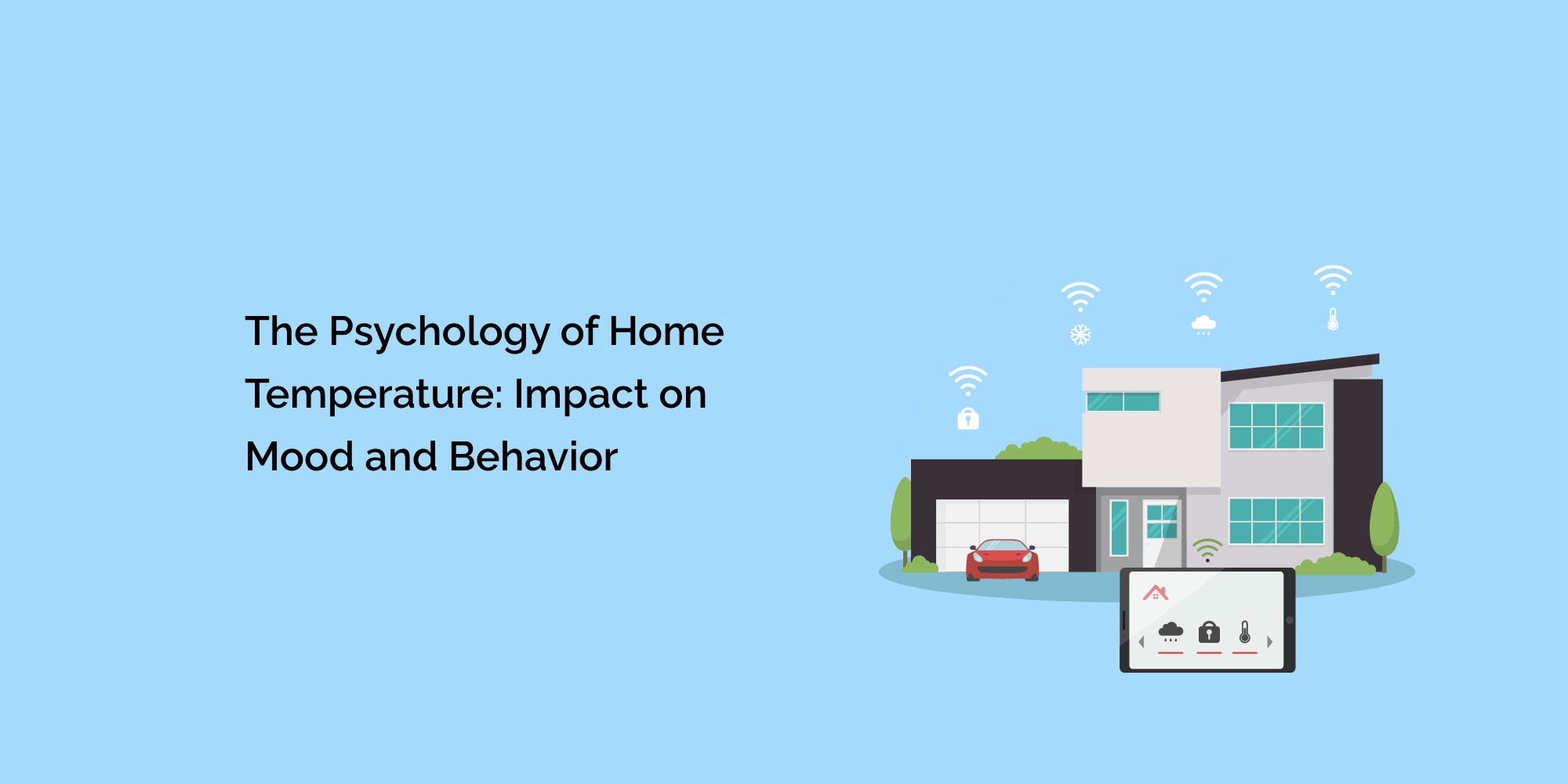The temperature of our homes plays a significant role in shaping our overall well-being. We often underestimate how much our surroundings influence our mood and behavior.
This blog explores the fascinating connection between home temperature and its psychological impact on our emotions, cognitive functions, and social interactions.
Understanding this relationship can help us create a more comfortable and inviting living environment that promotes positive mental health and overall happiness.
The Science Behind Home Temperature
In this section, we delve into the scientific principles of thermal comfort and the factors that influence our perception of temperature. We explore concepts like the heat index, thermal sensation, and the adaptive model of comfort.
Understanding these fundamentals lays the groundwork for comprehending the psychological impact of home temperature.
Warmth and Comfort: The Psychological Connection
Human beings have an innate association between warmth and comfort. This section investigates how warmer temperatures can evoke feelings of coziness, security, and relaxation.
We examine studies that explore the release of endorphins and oxytocin, commonly known as "feel-good" hormones, when we experience a warm environment.
The Power of Chill: Cool Temperatures and Mental Alertness
On the other side of the spectrum, cooler temperatures have unique psychological effects on our cognition and concentration. We investigate how cooler rooms can improve alertness, focus, and productivity.
Additionally, we explore the relationship between cold temperatures and our body's metabolic activity, which may impact weight management and sleep quality.
Emotions and Temperature: A Complex Dance
This section delves into the intricate relationship between emotions and home temperature. We examine how temperature can influence our emotional responses, including feelings of happiness, anxiety, and irritability.
Research on seasonal affective disorder (SAD) and the impact of temperature on mood disorders is also discussed.
Social Dynamics and Home Temperature
Temperature can influence our social interactions and behavior. We explore studies that reveal how warm or cool environments can affect our willingness to engage in social activities, our generosity, and even our trust in others.
Understanding this aspect of temperature psychology can help us foster stronger connections and harmony within our homes and communities.
Customizing Your Home Temperature for Optimal Well-being
In this practical section, we offer tips and strategies for optimizing home temperature to align with your lifestyle and preferences.
We discuss the importance of zone heating, using programmable thermostats, and incorporating natural elements like plants and sunlight to enhance thermal comfort and psychological well-being.
Seasonal Transitions and Temperature Adaptation
As seasons change, our bodies and minds must adapt to varying temperatures. We explore the psychological challenges of temperature transitions and how we can make the most of these adjustments to maintain a positive mindset.
Temperature and Sleep: Finding the Perfect Balance
Quality sleep is crucial for our mental health and overall functioning. In this section, we explore the relationship between home temperature and sleep quality.
We provide insights into the ideal sleeping temperature, and how to create a sleep-conducive environment for better rest.
Conclusion:
Home temperature is more than just a physical factor; it deeply influences our emotional well-being, cognitive functions, and social interactions. By understanding the psychology of home temperature, we can create living spaces that promote happiness, productivity, and healthy relationships.
With this newfound knowledge, we can transform our homes into nurturing havens, supporting our mental and emotional growth, and fostering a fulfilling lifestyle.








